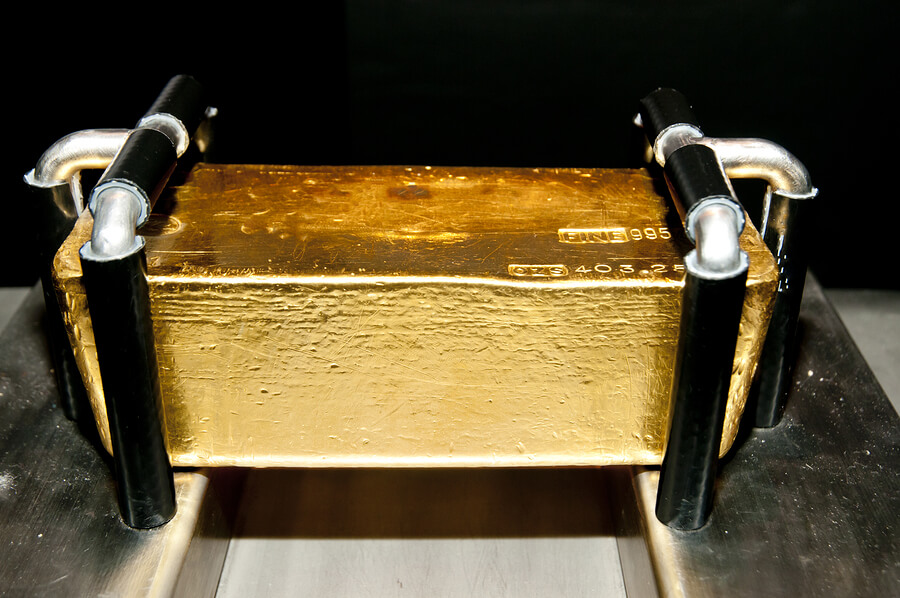Why do countries hoard gold

In April 2020, GoldNews.com.au came under new management, articles published before this time, such as the below, may not reflect the views or opinions of the current GoldNews.com.au team.
Countries may have moved away from the gold standard but many central banks still hold significant reserves of this precious metal. Central banks are always looking to increase their gold and add millions worth of gold bullion to their reserves. If central banks are hoarding so much gold this begs the question why would banks hoard “non-yielding” asset instead of stocks and government bonds that generate regular interest and do not require a lot to store. It seems that gold is used by many countries as a security blanket and also as a way to show off their accumulated wealth.
The Unites States of America has the biggest gold reserve in the world. As of June 2018, the US had 8,000 metric tons of gold in its reserves which is about double the amount that Germany has and three times the amount of gold France has in its reserve. Assuming that the price of gold holds fast at $1,3000 an ounce, the US has more than $375 billion worth of gold in reserve.
In 2016, the US gold reserves accounted for 75.3 percent of the total holdings. This means that the US federal reserve preferred gold over currencies or foreign government bonds. China hold the majority of government bonds and only 3% of its reserves are gold. This amounts to trillions of dollar in trade deficit.
China and a number of countries have been adding more gold to their reserves. They are doing it at a faster rate too but at the same time they are bolstering whatever gold production capacity their respective countries have. For example, China produces more gold but does not sell it outside the country so we can only speculate about the real amount of gold China has. Australia may have 280 tons of gold in reserves but it is the world’s second largest gold producer, so most of its gold stays in the country.
Even the International Monetary fund (IMF) hold tons of gold in reserve, approximately 2,814 tons. The European Central Bank holds 504.8 tons of gold in its reserves. The gold that the IMF has is largely gold contributed by countries to ensure that the organization is there to give support in times of uncertainty.
Why Keep Gold Reserves?
Most countries have policies that require them to keep some gold in reserves regardless of the Costa associated with it and the lack of financial returns. Central banks don’t necessarily just hold gold for their own countries but they also hold gold for foreign sovereign debts a that earns interest each year.
If inflation rises for instance, most central banks will buy more gold to stem the effects of inflation. Some central banks respond to global crises of any kind by buying more gold. In order for the US dollar to continue being the most valuable currency in the world the US needs to increase it’s gold in its repositories.
To sum all of this up, modern economies regard their gold as a safe haven investment. Gold is accepted as a currency device that requires no third-party guarantee anywhere. Gold is used as a failsafe in case a major catastrophe hits. It helps support the value of currencies.
Sources:
https://www.fxempire.com/education/article/countrys-gold-reserve-affect-economy-3969698
https://www.bullionstar.com/blogs/ronan-manly/worlds-central-banks-hold-gold-words/

















Leave a Reply